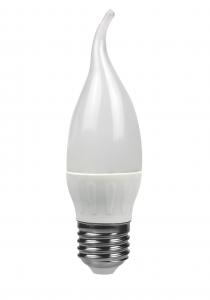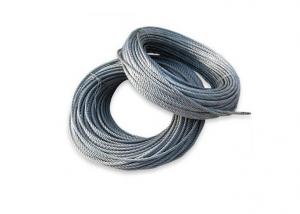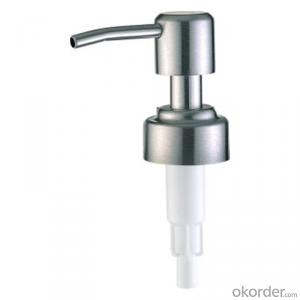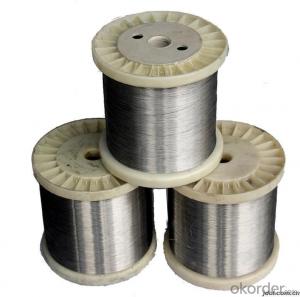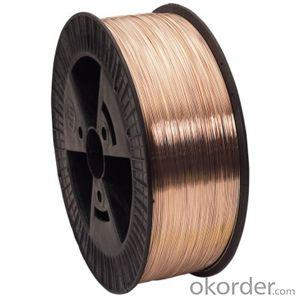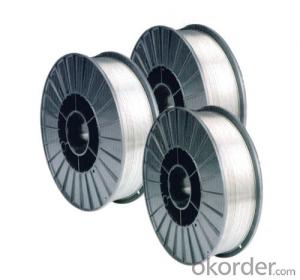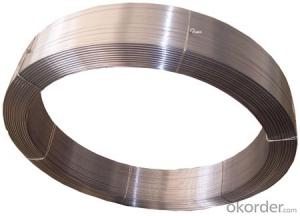3 16 Stainless Steel Rod
3 16 Stainless Steel Rod Related Searches
Best Paint For Stainless Steel Blanket Insulation For Steel Buildings Primer For Galvanized Steel Foam Filter For Stainless Steel H S Code For Stainless Steel Surface Grinding Wheels For Stainless Steel Surface Grinding Wheels For Hardened Steel Hole Saw For Stainless Steel Paint For Stainless Steel Stainless Steel For BbqHot Searches
Steel Mesh Panels For Sale Price For Stainless Steel Scrap Scrap Price For Stainless Steel Price For Stainless Steel Stainless Steel Tank For Sale Stainless Steel Sheets For Sale Cheap High Tea Sets For Sale Stainless Steel Tanks For Sale Stainless Steel For Sale High Density Fiberboard For Sale Solar Hot Water Collectors For Sale Scaffolding For Sale In Uae Scaffolding For Sale In Ireland Scaffolding For Sale In Houston Type Of Inverter For Solar Price Of Shipping Containers For Sale Types Of Inverter For Solar Stock Price For Aluminum Used Solar Inverter For Sale Steel Mesh Panels For Sale3 16 Stainless Steel Rod Supplier & Manufacturer from China
Okorder.com is a professional 3 16 Stainless Steel Rod supplier & manufacturer, offers integrated one-stop services including real-time quoting and online cargo tracking. We are funded by CNBM Group, a Fortune 500 enterprise and the largest 3 16 Stainless Steel Rod firm in China.Hot Products
FAQ
- Indeed, wire rope fences can be made using stainless steel wire, which is a fitting choice. Stainless steel, known for its exceptional durability and resistance against corrosion, is perfectly suited for outdoor applications like fences. It possesses the remarkable ability to endure even the harshest weather conditions, including rain, snow, and the damaging effects of UV rays, without succumbing to rust or corrosion. Moreover, stainless steel wire boasts high tensile strength, granting the fence the ability to withstand tension and pressure. As a result, it proves to be a dependable and enduring option for wire rope fences, ensuring both security and stability in a wide range of settings, be it residential, commercial, or industrial.
- In the aerospace industries, there exists a variety of stainless steel wire ropes that are commonly employed. These wire ropes are meticulously engineered to meet the stringent standards and demands of the aerospace sector. A few of the diverse types include: 1. The 1x19 Stainless Steel Wire Rope: Composed of 19 individual strands, each comprising a single wire, this wire rope exhibits exceptional tensile strength and superior resistance to corrosion. As a result, it is well-suited for a range of aerospace applications, such as control cables and suspension systems. 2. The 7x7 Stainless Steel Wire Rope: Constructed with seven strands, each containing seven wires, this wire rope offers commendable flexibility and durability. Consequently, it is highly suitable for applications necessitating repetitive bending and twisting movements, such as aircraft control cables and safety harnesses. 3. The 7x19 Stainless Steel Wire Rope: Featuring seven strands, each comprising 19 wires, this wire rope strikes a balance between flexibility and strength. It is frequently utilized in aerospace industries for tasks such as lifting, rigging, aircraft control cables, and suspension systems. 4. The 6x19 Stainless Steel Wire Rope: Consisting of six strands, each containing 19 wires, this wire rope presents outstanding flexibility and fatigue resistance. It is appropriate for applications requiring repeated bending and twisting, including overhead crane systems and cargo handling equipment in aircraft. 5. The 6x36 Stainless Steel Wire Rope: Created with six strands, each consisting of 36 wires, this wire rope showcases remarkable strength and flexibility. It is particularly suitable for heavy-duty aerospace applications, such as aircraft landing gear cables and winch systems. These examples illustrate only a few of the stainless steel wire ropes employed in aerospace industries. The selection of each type is contingent upon specific application requirements encompassing load capacity, flexibility, and corrosion resistance. The aerospace industry relies on these specialized wire ropes to ensure the dependability and safety of various aircraft components and systems.
- Stainless steel wire is indeed suitable for springs in the telecommunications industry. Its exceptional resistance to corrosion, durability, and strength make it a favored material for springs. Even when exposed to harsh environmental conditions, stainless steel maintains its performance over time. In telecommunications, stainless steel springs find extensive application in connectors, antennas, switches, and relays. They offer dependable electrical conductivity and mechanical support, guaranteeing long-lasting functionality. The versatility and dependability of stainless steel render it the perfect choice for springs in the telecommunications sector.
- Certainly, wire sculpture can certainly utilize stainless steel wire. Wire sculptors often favor stainless steel wire because of its ability to withstand wear and tear, its strong and sturdy nature, and its resistance to rusting. This material offers versatility, enabling artists to effortlessly mold and shape it into various forms and structures. Its sleek surface allows for easy manipulation and formation, making it perfect for crafting intricate and detailed sculptures. Additionally, the lustrous appearance of stainless steel wire adds a distinctive and appealing aesthetic to the final artwork. All in all, stainless steel wire is an excellent choice for wire sculptors seeking a dependable and enduring material to bring their creative visions to fruition.
- What is drawing stainless steel, with ordinary light stainless steel what is the difference?
- Stainless steel, corrosion resistance of stainless steel with increased carbon content decreased, therefore, the carbon content of most stainless steel are relatively low, the maximum of no more than 1.2%, some steel Wc (carbon) or even less than 0.03% (such as 00Cr12). The main alloying element in stainless steel is Cr (chromium), which is corrosion resistant only when the Cr content reaches a certain value. Therefore, stainless steel in general Cr (chromium) content of at least 10.5%. Stainless steel also contains Ni, Ti, Mn, N, Nb, Mo, Si, Cu and other elements.
- The flexibility of stainless steel wire is generally considered to be excellent compared to many other materials. Stainless steel wire is known for its high tensile strength and durability, which allows it to be bent, twisted, or coiled without breaking or losing its shape. It offers a good balance between strength and flexibility, making it suitable for a wide range of applications. When compared to other materials like copper or aluminum wire, stainless steel wire tends to be more rigid and less malleable. However, it still maintains a considerable amount of flexibility, especially when compared to materials like steel or iron wire. This flexibility allows stainless steel wire to be easily formed into various shapes and configurations, making it a popular choice in industries such as construction, automotive, aerospace, and jewelry. Additionally, stainless steel wire exhibits excellent resistance to corrosion, making it suitable for outdoor or marine applications where other materials may deteriorate over time. Its ability to withstand harsh environmental conditions and retain its flexibility further enhances its versatility and durability. In conclusion, while stainless steel wire may not be as flexible as certain other materials like copper, it still offers a high level of flexibility and strength, making it a reliable choice for a wide range of applications. Its excellent resistance to corrosion and ability to maintain its shape make it a preferred material in many industries.
- It seems that stainless steel rarely asks resistance, but customers insist on asking, and they haven't found the answer for a long time. Who can provide some clues?
- You go to check the resistivity of stainless steel, resistivity is only related to the material, first determine your stainless steel materials, and then check the corresponding resistivity, through formula R=p*l/sP resistivityLength of L steel wireSectional area of s steel wire






















